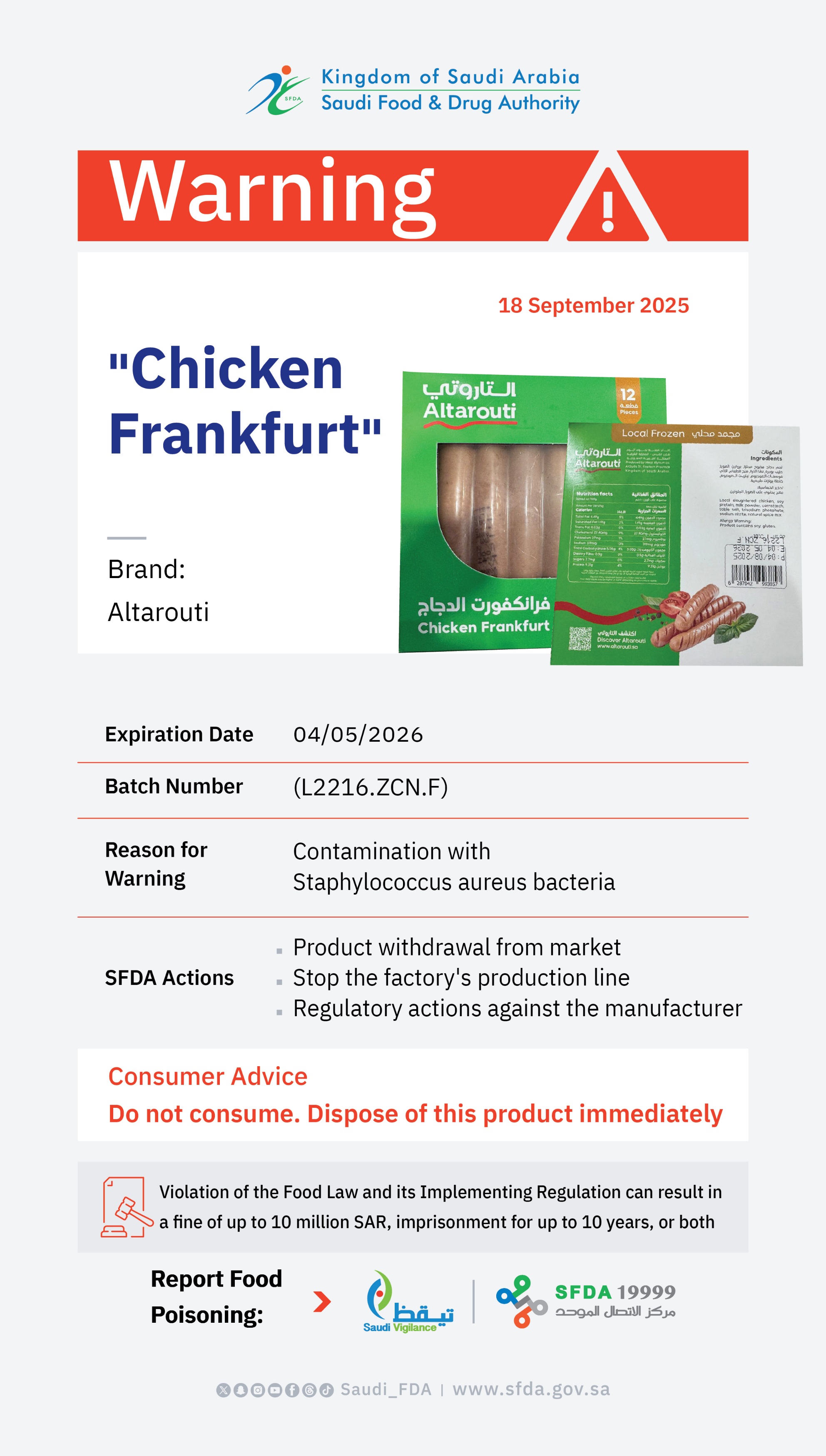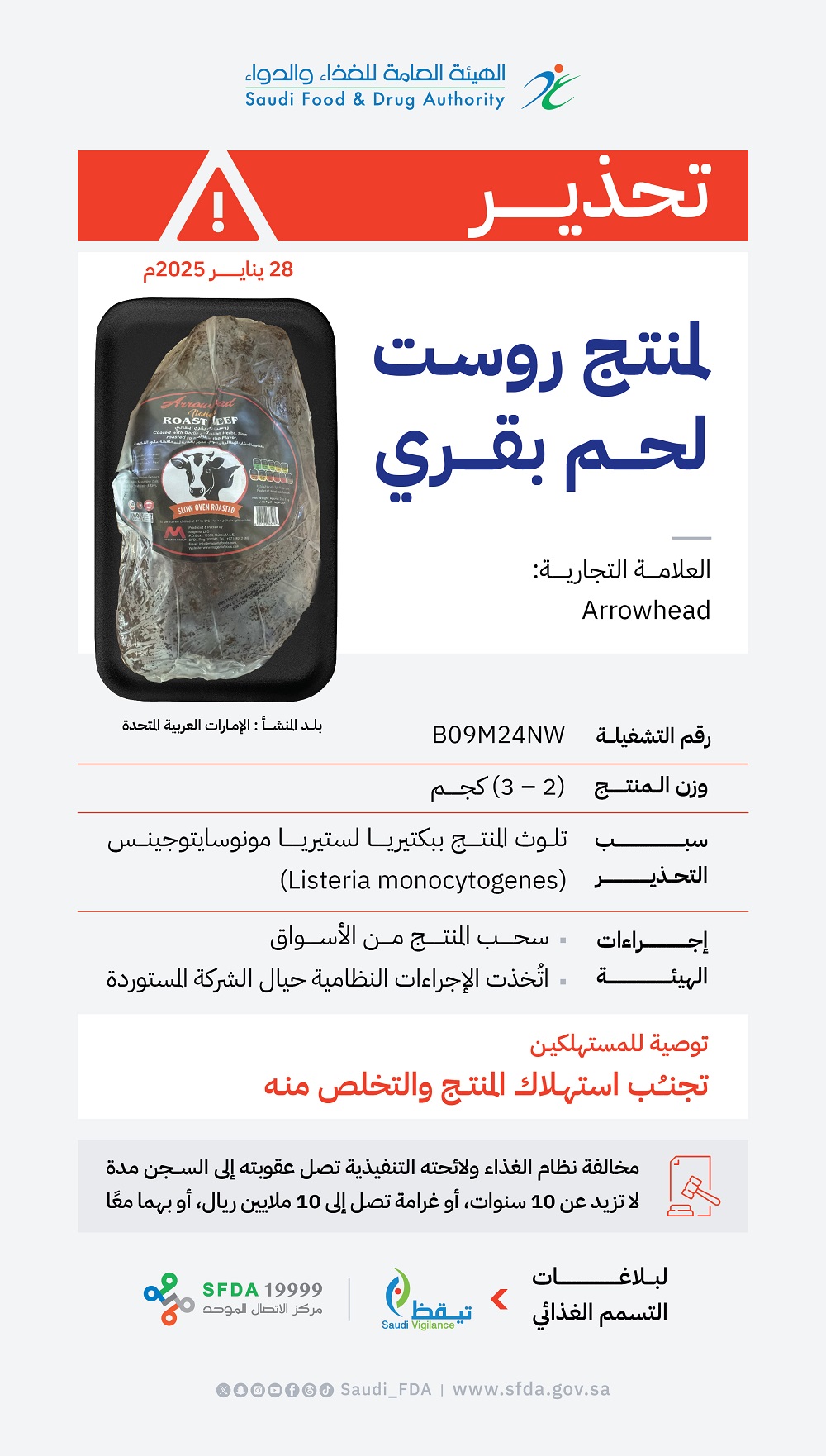
Oral Anticoagulant and Antiplatelet Therapy and Peripheral Arterial Disease
2007-08-07
Atherosclerotic peripheral arterial disease is associated with an increased risk of myocardial infarction, stroke, and death from cardiovascular causes. Antiplatelet drugs reduce this risk, but the role of oral anticoagulant agents in the prevention of cardiovascular complications in patients with peripheral arterial disease is unclear.
Patients with peripheral arterial disease were assigned to combination therapy with an antiplatelet agent and an oral anticoagulant agent (target international normalized ratio [INR], 2.0 to 3.0) or to antiplatelet therapy alone. The first coprimary outcome was myocardial infarction, stroke, or death from cardiovascular causes; the second coprimary outcome was myocardial infarction, stroke, severe ischemia of the peripheral or coronary arteries leading to urgent intervention, or death from cardiovascular causes.
A total of 2161 patients were randomly assigned to therapy. The mean follow-up time was 35 months. Myocardial infarction, stroke, or death from cardiovascular causes occurred in 132 of 1080 patients receiving combination therapy (12.2%) and in 144 of 1081 patients receiving antiplatelet therapy alone (13.3%) (relative risk, 0.92; 95% confidence interval [CI], 0.73 to 1.16; P=0.48). Myocardial infarction, stroke, severe ischemia, or death from cardiovascular causes occurred in 172 patients receiving combination therapy (15.9%) as compared with 188 patients receiving antiplatelet therapy alone (17.4%) (relative risk, 0.91; 95% CI, 0.74 to 1.12; P=0.37). Life-threatening bleeding occurred in 43 patients receiving combination therapy (4.0%) as compared with 13 patients receiving antiplatelet therapy alone (1.2%) (relative risk, 3.41; 95% CI, 1.84 to 6.35; P<0.001).
In patients with peripheral arterial disease, the combination of an oral anticoagulant and antiplatelet therapy was not more effective than antiplatelet therapy alone in preventing major cardiovascular complications and was associated with an increase in life-threatening bleeding.
Source: July 19 - New England Journal of Medicine.





